An “SEO friendly website” is a term that’s become increasingly important in the digital age. It refers to a website that’s been designed and structured in a way that makes it easy for search engines like Google, Bing, and Yahoo to crawl and understand. The importance of having an SEO friendly website cannot be overstated. It’s not just about making your site visible to search engines, but also about improving the user experience.
A search engine friendly website is one that adheres to certain guidelines and practices that make it more likely to rank higher in search engine results pages (SERPs). This includes things like having relevant and high-quality content, using appropriate keywords, having a responsive design, and ensuring fast loading times.
Creating an SEO friendly website is a strategic move that can significantly boost your online presence. It’s about making your website more accessible and understandable not just for search engines, but also for your users. After all, the ultimate goal of search engines is to provide users with the most relevant and high-quality information based on their search queries.
In this article, we will delve into the details of how to make a website SEO friendly. We will explore the key elements that contribute to an SEO friendly website and provide practical tips on how to make your website more search engine friendly. So, if you’ve ever wondered “how to make my website SEO friendly?”, you’re in the right place. Stay tuned as we unravel the secrets of creating a search engine friendly website.
SEO friendly website checklist
1. Choose the right keyword

Choosing the right keywords is the foundation of an SEO friendly website. Keywords are the terms that people type into search engines when looking for information. To choose the right keywords, you need to understand your audience and what they’re searching for. Use keyword research tools like Google Keyword Planner or SEMrush to find keywords that are relevant to your content, have a high search volume, and low competition. Once you’ve identified your keywords, incorporate them naturally into your content, meta tags, URLs, and alt text.
2. Plan website structure
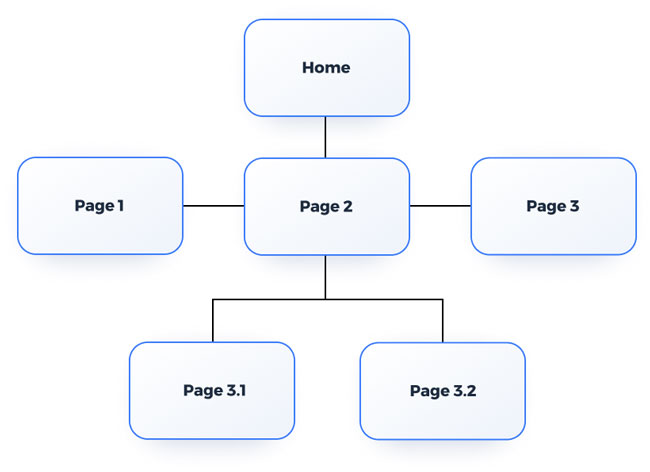
Planning the structure of your website is a critical step in creating an SEO friendly website. A well-structured website not only enhances the user experience but also makes it easier for search engines to crawl and index your site, which is essential for SEO.
When planning your website structure, start by defining the main categories of your site. These should reflect the primary topics or services that your site covers. Each main category should then be broken down into subcategories or individual pages that cover specific aspects of the main topic. This hierarchical structure helps to organize your content in a way that makes sense to both users and search engines.
A key aspect of an SEO friendly website structure is the use of internal linking. Internal links are links that connect one page of your website to another. By strategically using internal links, you can guide search engines and users to your most important pages. This not only helps search engines understand the context and relationship between your pages but also enhances the user experience by making it easy for visitors to navigate your site.
Another important factor in planning a search engine friendly website structure is the use of SEO-friendly URLs. Each page on your site should have a unique URL that accurately describes the content of the page. Including keywords in your URLs can also help improve your SEO.
In addition, your website structure should be scalable. As your site grows and you add more content, you should be able to easily add new categories or pages without disrupting the existing structure. This is crucial for maintaining an SEO friendly website as it evolves over time.
In conclusion, planning your website structure is a fundamental step in the process of how to make a website SEO friendly. By creating a logical, organized, and scalable structure, you can enhance both the user experience and your site’s visibility in search engine results, making your website not only SEO-friendly but also user-friendly.
3. Use short and descriptive URLs

The use of short and descriptive URLs is a crucial component of an SEO friendly website. URLs, or Uniform Resource Locators, are the addresses of individual pages on your website. They are displayed in the address bar of the browser and in the search results, providing both users and search engines with information about the content of the page.
A short URL is easier to read, understand, and remember for users. It also looks cleaner and more professional, which can increase the click-through rate from search results. From an SEO perspective, a short URL is easier for search engines to crawl and index, which can contribute to a higher ranking in search results.
In addition to being short, an SEO-friendly URL should also be descriptive. This means it should accurately reflect the content of the page. Including keywords in your URLs can help search engines understand what your page is about and can also improve your ranking for those keywords. However, it’s important to use keywords naturally and avoid keyword stuffing, which can harm your SEO.
For example, instead of using a URL like “www.yoursite.com/article123”, you could use “www.yoursite.com/seo-friendly-website-tips”. The second URL is not only more descriptive but also includes the keyword “seo friendly website”.
Furthermore, using hyphens to separate words in your URLs makes them easier to read for both users and search engines. Avoid using special characters or spaces, as these can cause issues with how your URL is displayed or accessed.
4. Make your content interesting and useful

Easy to read
Content should be easy to read and understand. Use short sentences and paragraphs, bullet points, and subheadings to break up the text. Avoid jargon and complex language. Use tools like Hemingway Editor or Yoast SEO to check the readability of your content.
Clearly organized
Organize your content in a logical way that guides the reader through the information. Use headings and subheadings to break up the content and make it easier to scan.
Fresh
Regularly update your content to keep it fresh and relevant. This shows search engines that your site is active and provides users with the most up-to-date information.
Unique
Avoid duplicate content, which can harm your SEO. Each page on your site should have unique content that provides value to the user.
Aligned with E-A-T guidelines
E-A-T stands for Expertise, Authoritativeness, and Trustworthiness. Google uses these factors to evaluate the quality of your content. To align with E-A-T guidelines, make sure your content is accurate, written by experts, and backed up by reliable sources.
Focused on providing essential information to solve a searcher’s problem
Understand the search intent behind your target keywords and create content that meets that intent. This could be answering a question, providing a solution, or giving information on a specific topic.
5. Add internal links
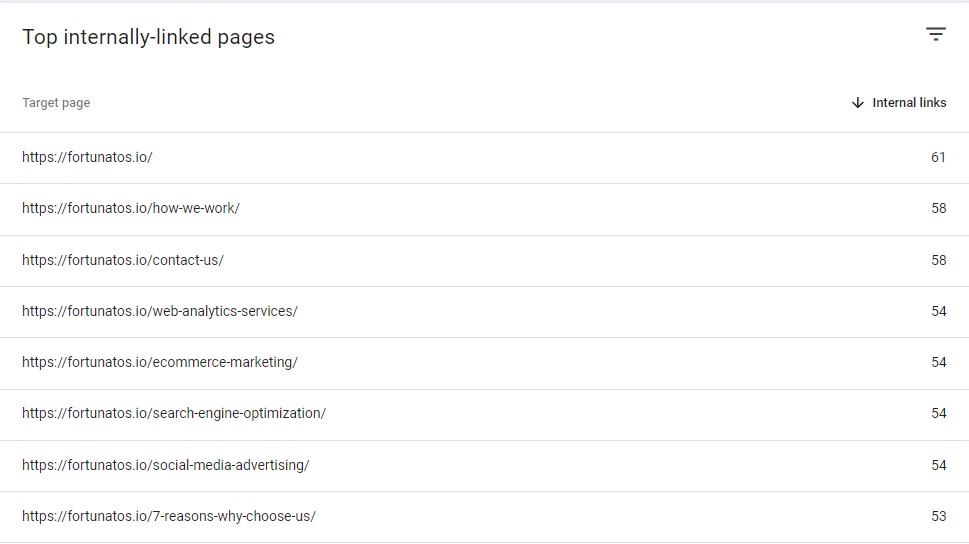
Adding internal links is a key aspect of creating an SEO friendly website. Internal links are hyperlinks that point from one page on your website to another page on the same website. They play a crucial role in guiding both users and search engines through your site, helping to establish information hierarchy and spread link equity.
From a user perspective, internal links improve the navigability of your site. They guide visitors from one page to another, helping them find related content and navigate your site more easily. This can improve user engagement and reduce bounce rates, which can positively impact your SEO.
From a search engine perspective, internal links help search engines discover, crawl, and index your pages. They provide a roadmap for search engines to follow, leading them from one page to another. This can help search engines understand the structure of your site and the relationship between your pages.
In addition, internal links can help distribute link equity across your site. Link equity, also known as link juice, is a search engine ranking factor based on the idea that certain links pass value and authority from one page to another. By strategically using internal links, you can guide this link equity to your most important pages, helping them rank higher in search results.
To create an SEO friendly website, it’s important to use internal links strategically. Start by identifying your most important pages, also known as cornerstone content. These are the pages that you want to rank highest in search results. Then, add internal links from your other pages to your cornerstone content. This can help guide both users and search engines to your most important content.
6. Optimize title and description tags

Optimizing title and description tags is a fundamental part of creating an SEO friendly website. These tags are part of the HTML of a webpage and provide search engines with information about the content of the page. They also appear in search engine results, where they give potential visitors a preview of the page’s content.
The title tag is one of the most important elements of on-page SEO. It’s displayed at the top of the browser and as the headline in search engine results. A well-optimized title tag should be unique for each page, accurately describe the page’s content, and include your target keyword. It’s also important to keep your title tag under 60 characters to ensure it’s fully displayed in search results.
The description tag, also known as the meta description, is a brief summary of the page’s content that appears under the title in search engine results. While it doesn’t directly impact your search engine rankings, a compelling description can increase your click-through rate, which can indirectly improve your SEO. Your description should be concise, engaging, and include your target keyword. It should also be under 160 characters to avoid being cut off in search results.
Optimizing your title and description tags is a key step in creating a search engine friendly website. It not only helps search engines understand your content but also attracts users to your site. By providing a clear, engaging preview of your content, you can encourage users to click on your site instead of your competitors’.
7. Make sure your website is indexable

For your website to appear in search results, it needs to be indexable by search engines. Use the “site:domain.com” search command in Google to check if your site is indexed. If it’s not, check your robots.txt file and meta tags to make sure you’re not blocking search engines from crawling your site.
8. Create a robots.txt file

A robots.txt file tells search engines which pages or sections of your site they can or can’t crawl. This is useful for preventing search engines from crawling duplicate content or pages that aren’t useful to users. You can create a robots.txt file in the root directory of your site.
9. Create and submit a sitemap
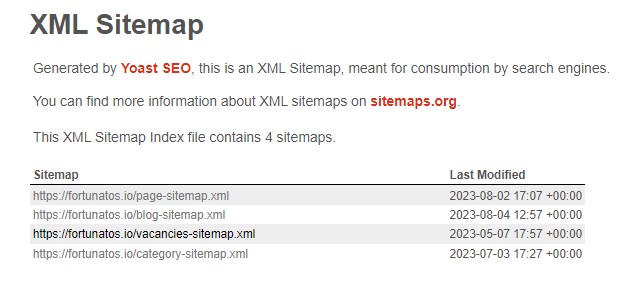
A sitemap is a file that lists all the pages on your site. It helps search engines understand your site structure and find new pages. You can create a sitemap using a tool like Google XML Sitemaps or Yoast SEO. Once you’ve created your sitemap, submit it to Google Search Console to ensure Google can crawl and index your site.
9. Set up Google Search Console

Google Search Console is a free tool that helps you monitor and troubleshoot your site’s presence in Google Search results. It shows you which keywords your site is ranking for, any crawl errors, and how to improve your site’s performance. To set it up, you need to verify your site, add your sitemap, and start monitoring your performance.
10. Make sure your site is mobile-friendly
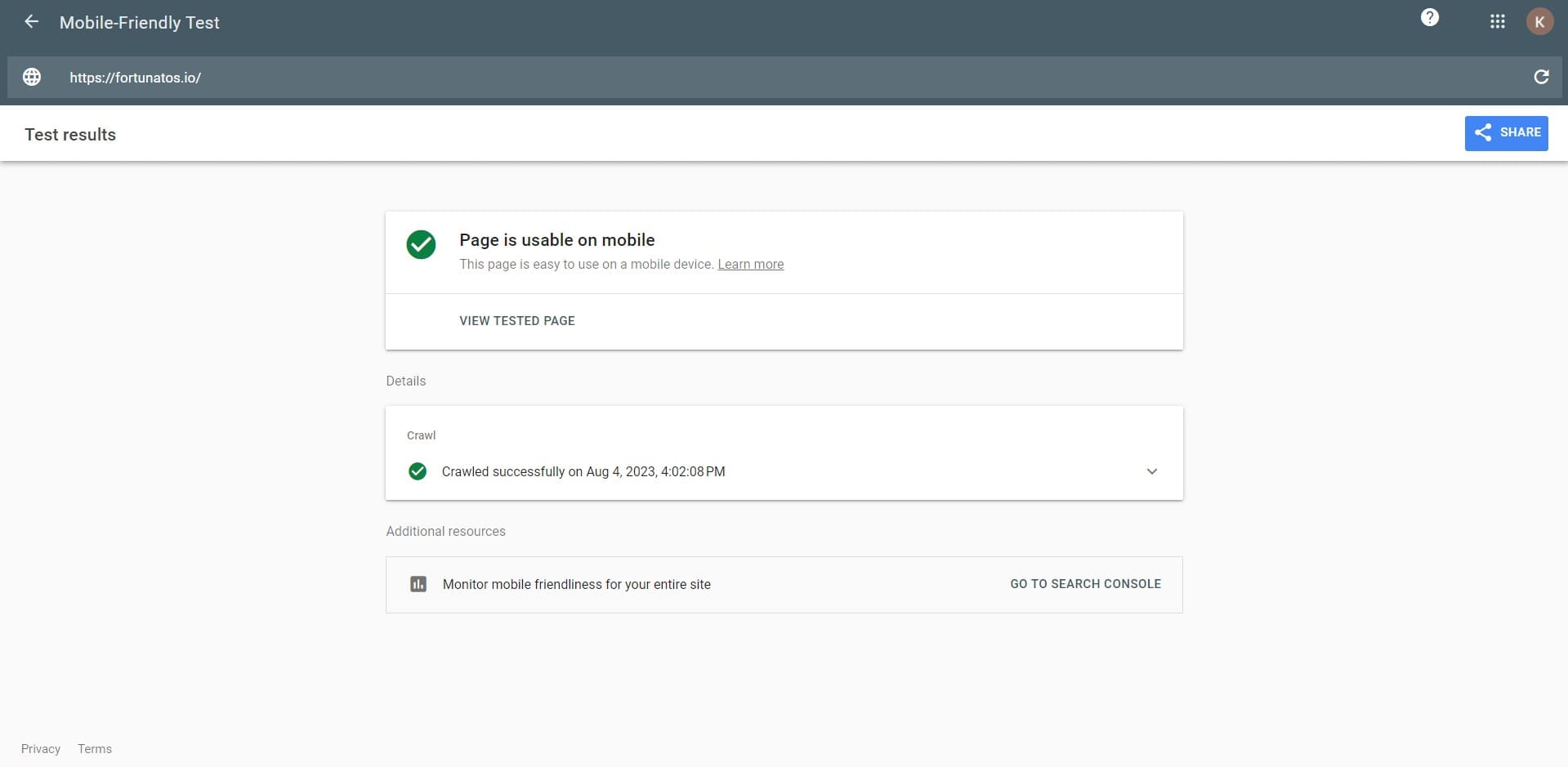
Ensuring that your site is mobile-friendly is a critical aspect of creating an SEO friendly website. With the increasing use of smartphones and tablets for internet browsing, search engines like Google have started to prioritize mobile-friendly websites in their search results. This means that if your site isn’t optimized for mobile devices, you could be missing out on a significant amount of traffic.
A mobile-friendly, or responsive, website is one that adjusts its layout and functionality based on the device it’s being viewed on. This means that whether a user is viewing your site on a desktop, a smartphone, or a tablet, they should have a seamless and user-friendly experience. This includes easy navigation, readable text, and no horizontal scrolling.
To make your website SEO friendly, it’s important to test your site’s mobile-friendliness. Google’s Mobile-Friendly Test is a free tool that allows you to check if your site is mobile-friendly. It also provides recommendations on how to improve your site’s mobile experience.
In addition to improving your search engine rankings, a mobile-friendly website also enhances the user experience. Users are more likely to stay on your site and engage with your content if it’s easy to use on their device. This can lead to higher conversion rates and more return visitors, which are both beneficial for your SEO.
11. Make sure your site loads fast
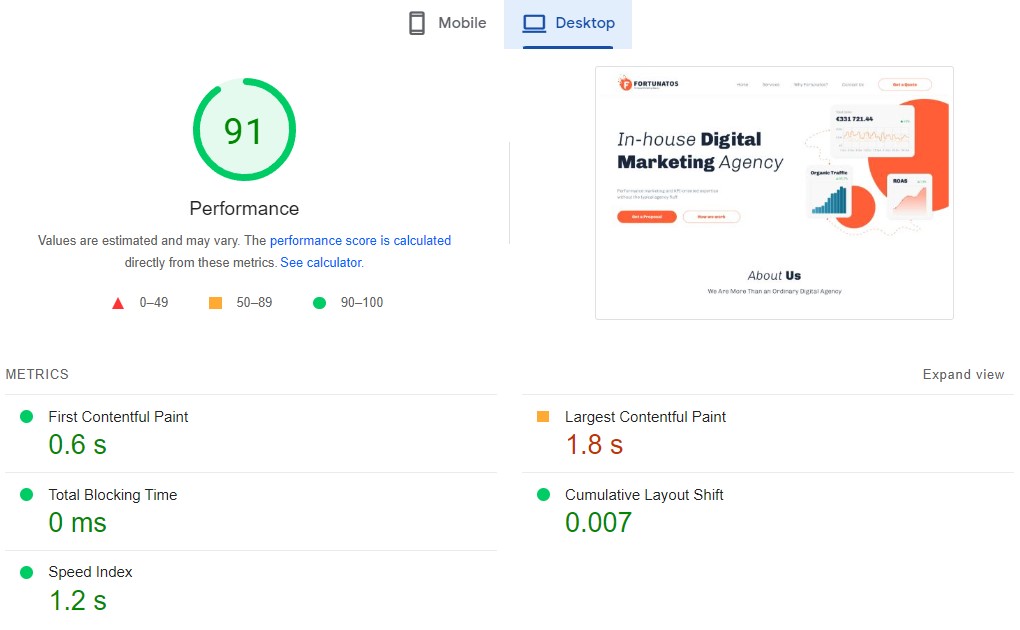
Ensuring that your site loads quickly is an integral part of creating an SEO friendly website. Site speed is a ranking factor for Google, meaning that if your site loads slowly, it could negatively impact your position in the search engine results pages (SERPs). But more than that, site speed is also crucial for providing a positive user experience.
Users today expect websites to load quickly. If your site takes too long to load, users are likely to leave and visit a competitor’s site instead. This not only results in lost potential customers but can also increase your site’s bounce rate, which can further harm your SEO.
There are several strategies for improving your site speed. These include optimizing your images, enabling browser caching, minimizing HTTP requests, and using a Content Delivery Network (CDN). Each of these strategies can help reduce your site’s load time and improve its performance.
To check your site’s speed, you can use tools like Google’s PageSpeed Insights or GTmetrix. These tools provide a detailed analysis of your site’s loading speed and offer recommendations for improvement.
12. Optimize images

Large, unoptimized images can slow down your site. To optimize your images, compress them without losing quality using tools like TinyPNG or Compress JPEG. Also, add alt text to your images to help search engines understand what they’re about.
13. Make sure you’re using HTTPS

HTTPS is a secure version of HTTP. It protects your users’ information and gives your site a slight ranking boost. If your site isn’t already using HTTPS, you’ll need to get an SSL certificate and install it on your server.
14. Add schema markup
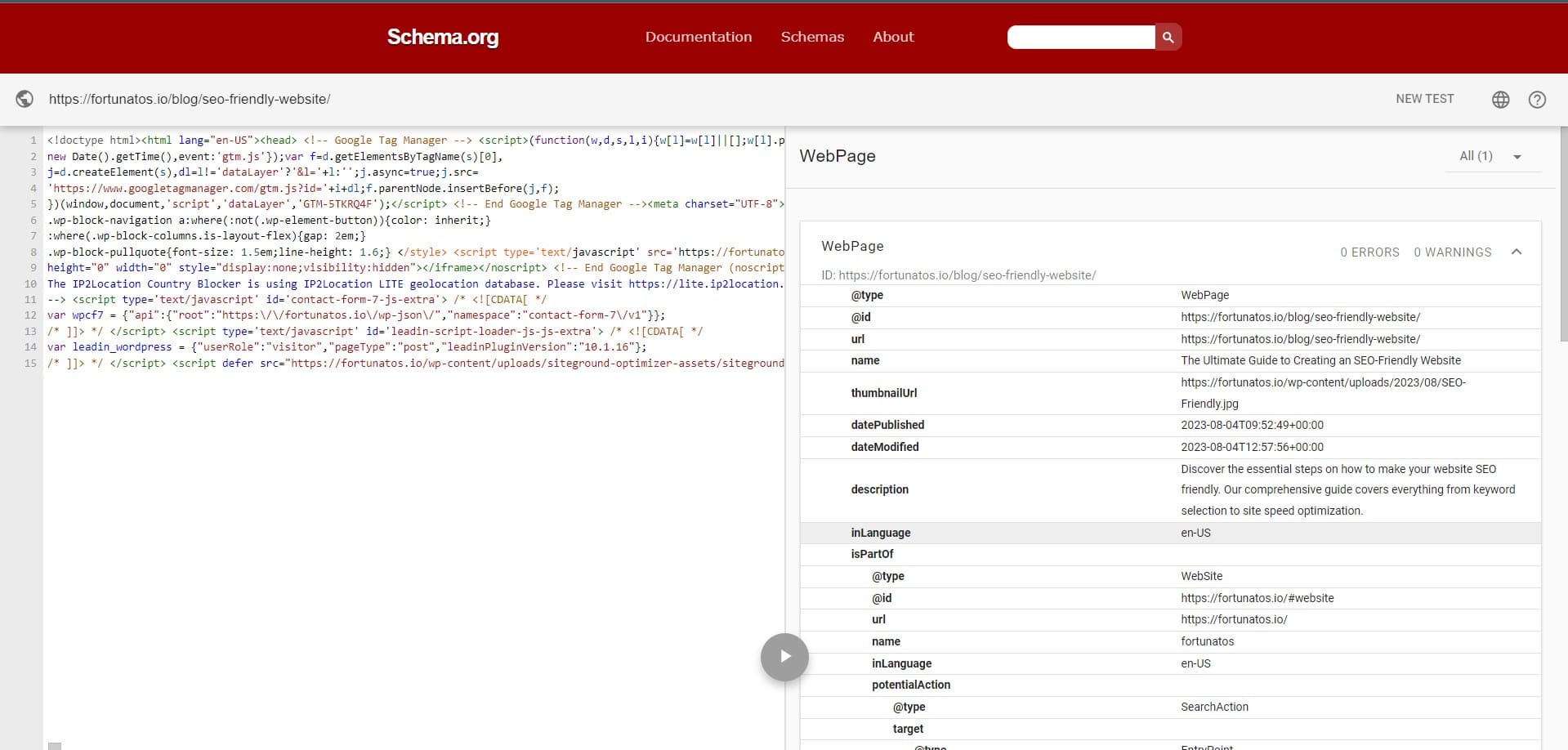
Adding schema markup, also known as structured data, is a powerful way to make your website more SEO-friendly. Schema markup is a form of microdata that provides search engines with additional information about your website’s content. This can help search engines understand your content more effectively, which can improve your visibility in search engine results.
Schema markup can be used to provide information about a wide range of content types, including articles, events, products, recipes, reviews, and more. For example, if you have a product page, you can use schema markup to provide information about the product’s price, availability, and reviews. This information can then be displayed in rich snippets in search engine results, which can increase your click-through rate and drive more traffic to your site.
Adding schema markup to your site involves adding specific attributes to the HTML of your pages. These attributes are based on a standardized vocabulary that is recognized by major search engines. There are various tools available, such as Google’s Structured Data Markup Helper, that can guide you through the process of adding schema markup to your site.
15. Link to relevant resources

Linking to relevant resources is an important aspect of creating an SEO friendly website. External links, also known as outbound links, are links that point from your website to other sites. They provide additional value to your users by directing them to further information or resources that are relevant to your content.
From an SEO perspective, linking to high-quality, authoritative sites can help improve the credibility and trustworthiness of your site. Search engines view these links as a signal that your content is well-researched and valuable, which can positively impact your search engine rankings.
However, it’s important to use external links judiciously. Linking to low-quality or irrelevant sites can harm your SEO and detract from the user experience. Therefore, when adding external links to your content, make sure they are relevant, valuable, and lead to reputable sites.
In addition to improving your SEO, linking to relevant resources can also enhance the user experience. By providing additional information or resources, you can help users better understand your content and find the information they’re looking for. This can lead to increased user engagement and lower bounce rates, both of which are beneficial for your SEO.
Conclusion
In conclusion, creating an SEO friendly website involves a multitude of factors, from choosing the right keywords and planning your website structure, to optimizing your title and description tags, ensuring your site is mobile-friendly and loads quickly, adding schema markup, and linking to relevant resources. Each of these elements plays a crucial role in improving your site’s visibility in search engine results and enhancing the user experience.
However, we understand that SEO can be complex and time-consuming. That’s where we, the specialists at FORTUNATOS, come in. With our extensive experience and expertise in SEO, we can help you navigate through each of these steps and ensure that your website is fully optimized for search engines.
We take a comprehensive approach to SEO, looking at every aspect of your website and how it can be improved. We stay up-to-date with the latest SEO trends and best practices, ensuring that your website remains competitive in the ever-changing digital landscape.
Whether you’re just starting out with a new website or looking to improve the SEO of an existing site, we at FORTUNATOS are here to help. We’re committed to helping you create not just an SEO friendly website, but a search engine friendly website that drives traffic, engages users, and helps your business grow.
So, if you’re wondering how to make your website SEO friendly, look no further. Contact us at FORTUNATOS today, and let’s start optimizing your website for success.

 Amazon Marketing
Amazon Marketing


